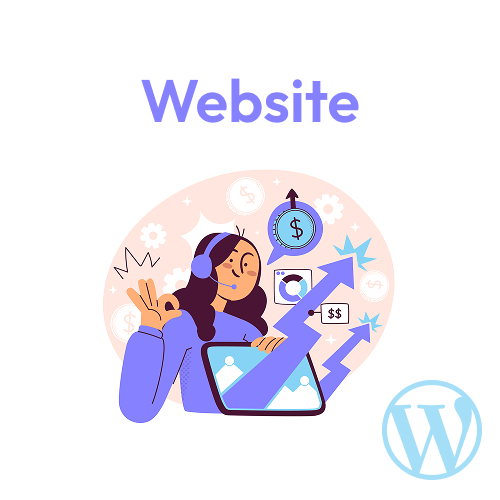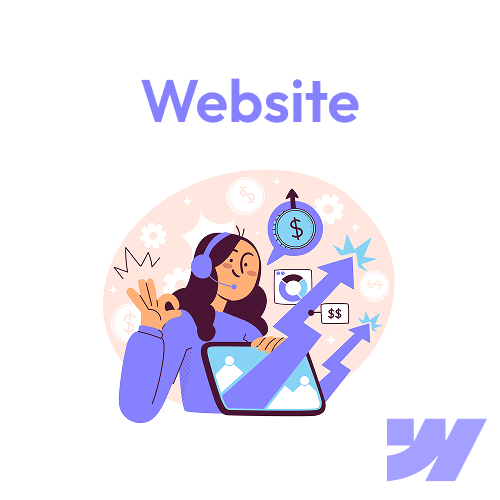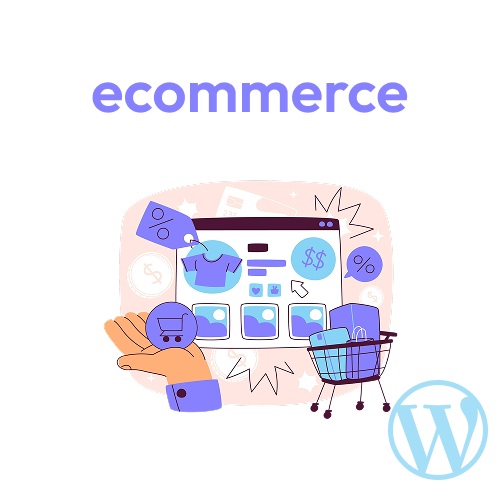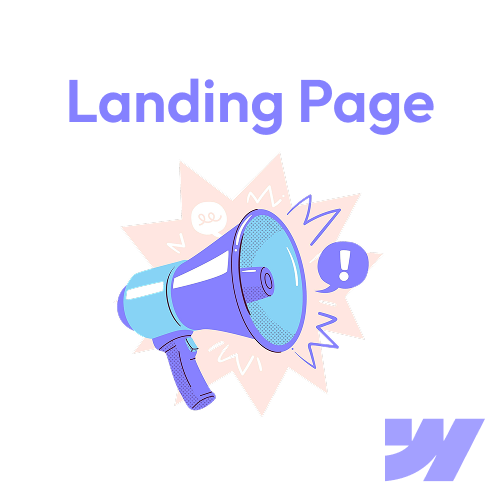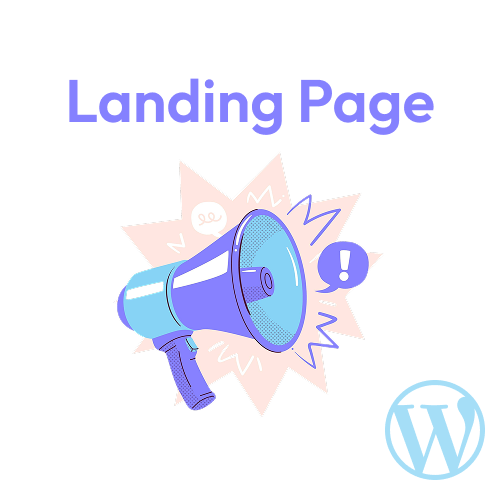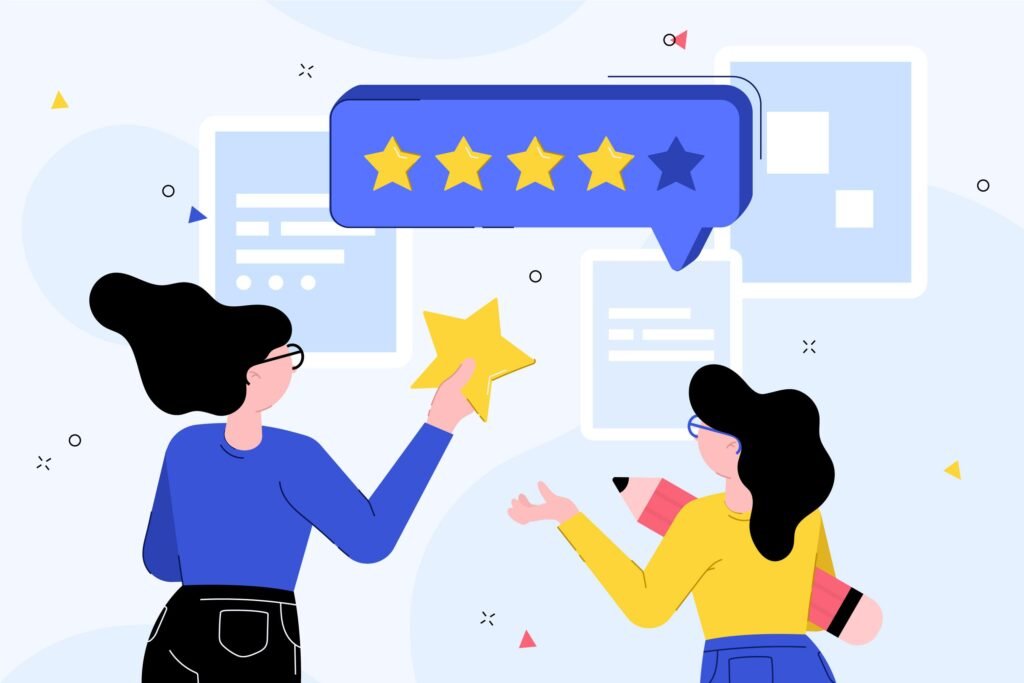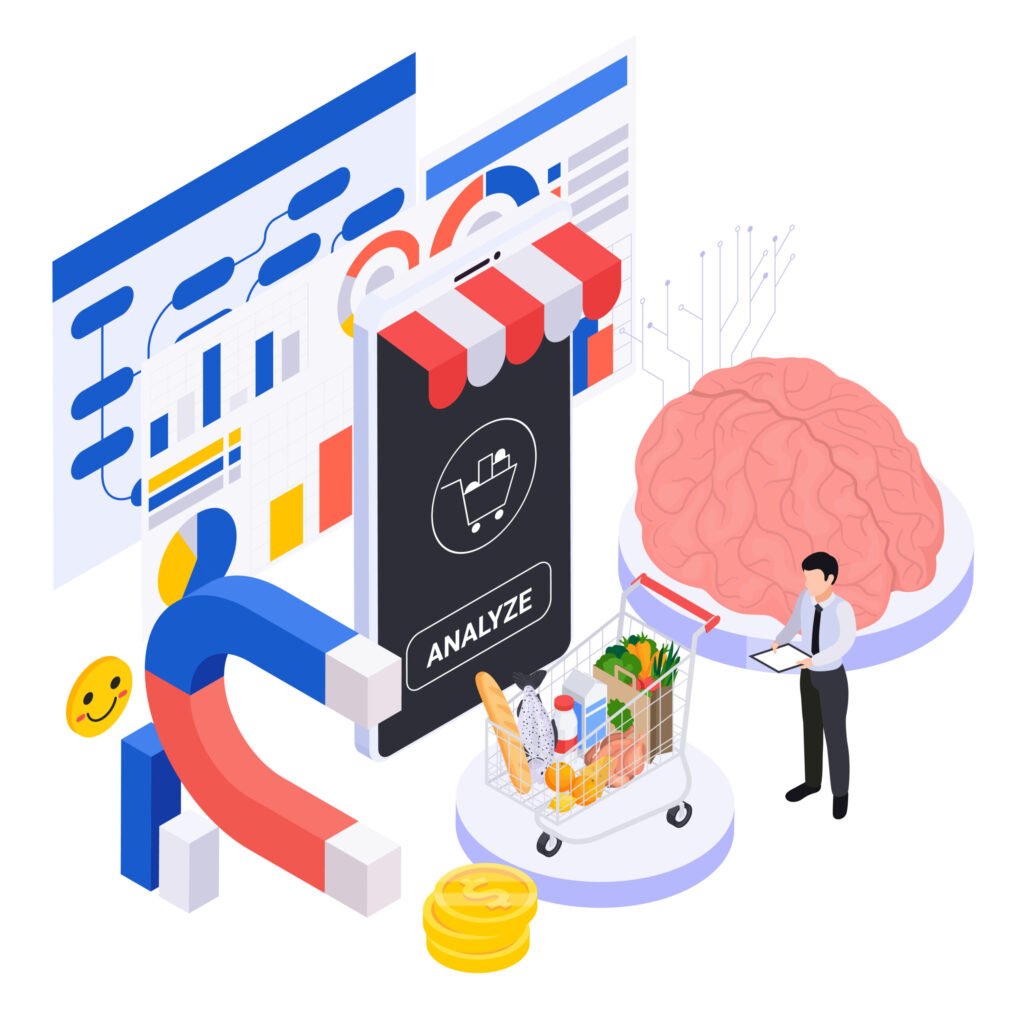Walking into a web design project can feel like entering a foreign country where everyone speaks a language you don’t understand. When your designer starts talking about “above the fold,” “responsive design,” or “CSS,” it’s easy to feel lost and disconnected from your own project.
This glossary breaks down the most common web design terms in plain English, empowering you to communicate effectively with your design team and make informed decisions about your website.
Design and Layout Terms
Above the Fold
The portion of a webpage visible without scrolling. This prime real estate should contain your most important message and call-to-action.
Below the Fold
Content that becomes visible only when users scroll down the page.
White Space (or Negative Space)
The empty areas between design elements. Contrary to what the name suggests, white space doesn’t have to be white—it’s any unoccupied space that creates visual breathing room and improves readability.
Call-to-Action (CTA)
A button, link, or visual element that prompts users to take a specific action. Examples: “Buy Now,” “Sign Up,” “Download Our Guide.”
Hero Section
The large banner area at the top of a webpage, typically containing a headline, subheadline, and primary CTA. This is your first impression maker.
User Interface (UI)
The visual elements users interact with—buttons, icons, spacing, typography, color schemes. UI is how your website looks.
User Experience (UX)
The overall experience a person has when interacting with your website. UX focuses on how easy, efficient, and enjoyable the website is to use.
Wireframe
A basic, black-and-white layout that shows the structure and placement of elements on a page without any design elements. Think of it as the blueprint for your website.
Mockup
A static visual representation of what the final webpage will look like, including colors, typography, and images.
Prototype
An interactive mockup that simulates how the final website will function, allowing you to click through pages and test features before development begins.
Technical and Development Terms
HTML (HyperText Markup Language)
The standard language used to create webpages. HTML provides the basic structure of sites, which is enhanced and modified by other technologies like CSS and JavaScript.
CSS (Cascading Style Sheets)
The language used to describe the presentation of webpages, including colors, layout, and fonts. CSS makes the HTML structure look beautiful.
JavaScript
A programming language that enables interactive elements on webpages, such as animated graphics, interactive forms, and dynamic content updates.
Responsive Design
An approach to web design that makes webpages render well on a variety of devices and window or screen sizes. Your website should look and work great on desktops, tablets, and mobile phones.
Content Management System (CMS)
Software that allows you to create, manage, and modify content on a website without needing specialized technical knowledge. Popular CMS platforms include WordPress, Webflow, and Shopify.
Domain Name
The address where users can access your website (e.g., yourbusiness.com).
Hosting
The service that provides storage space and access for your website on the internet. Think of your domain as your address and hosting as the actual house.
SSL Certificate
A digital certificate that provides authentication for a website and enables an encrypted connection. Websites with SSL show “https://” in the address bar and a padlock icon.
Browser Compatibility
How well your website functions across different web browsers like Chrome, Firefox, Safari, and Edge.
Content and SEO Terms
Search Engine Optimization (SEO)
The practice of increasing the quantity and quality of traffic to your website through organic search engine results.
Metadata
Information about your webpage that doesn’t appear on the page itself but is included in the page’s code. This includes page titles and meta descriptions that appear in search results.
Alt Text (Alternative Text)
Descriptive text added to images that helps screen readers describe images to visually impaired users and helps search engines understand image content.
Landing Page
A standalone web page created specifically for a marketing or advertising campaign, designed with a single focused objective.
Above the Fold
The portion of a webpage visible without scrolling. This prime real estate should contain your most important message and call-to-action.
Header
The top section of a webpage that typically contains the logo, navigation menu, and sometimes contact information.
Footer
The bottom section of a webpage that often contains copyright information, secondary navigation, contact details, and social media links.
Navigation
The system that allows visitors to move between different pages on your website. This includes menus, breadcrumbs, and links.
Business and Strategy Terms
Conversion
When a website visitor completes a desired action, such as making a purchase, filling out a form, or signing up for a newsletter.
Conversion Rate
The percentage of visitors who complete a desired action.
Bounce Rate
The percentage of visitors who leave your website after viewing only one page.
Above the Fold
The portion of a webpage visible without scrolling. This prime real estate should contain your most important message and call-to-action.
Brand Identity
The visual elements that represent your company, including your logo, color palette, typography, and overall visual style.
Content Strategy
The planning, development, and management of content to achieve specific business goals.
Accessibility
The practice of making your website usable by as many people as possible, including those with disabilities who might use assistive technologies like screen readers.
Above the Fold
The portion of a webpage visible without scrolling. This prime real estate should contain your most important message and call-to-action.
Why This Matters for Your Project
Understanding these terms helps you:
- Communicate your vision more clearly to your designer
- Provide specific feedback instead of vague comments like “make it pop”
- Make informed decisions about your website’s design and functionality
- Understand the process and timeline for your project
- Build a better partnership with your design team
Ready to Start Your Web Design Project?
Now that you’re equipped with the essential vocabulary, you’re ready to have more productive conversations about your website. At our studio, we believe in transparent communication and collaborative partnerships with our clients.
Have questions about your web design project? Contact us today for a consultation where we’ll speak your language and help bring your vision to life.
